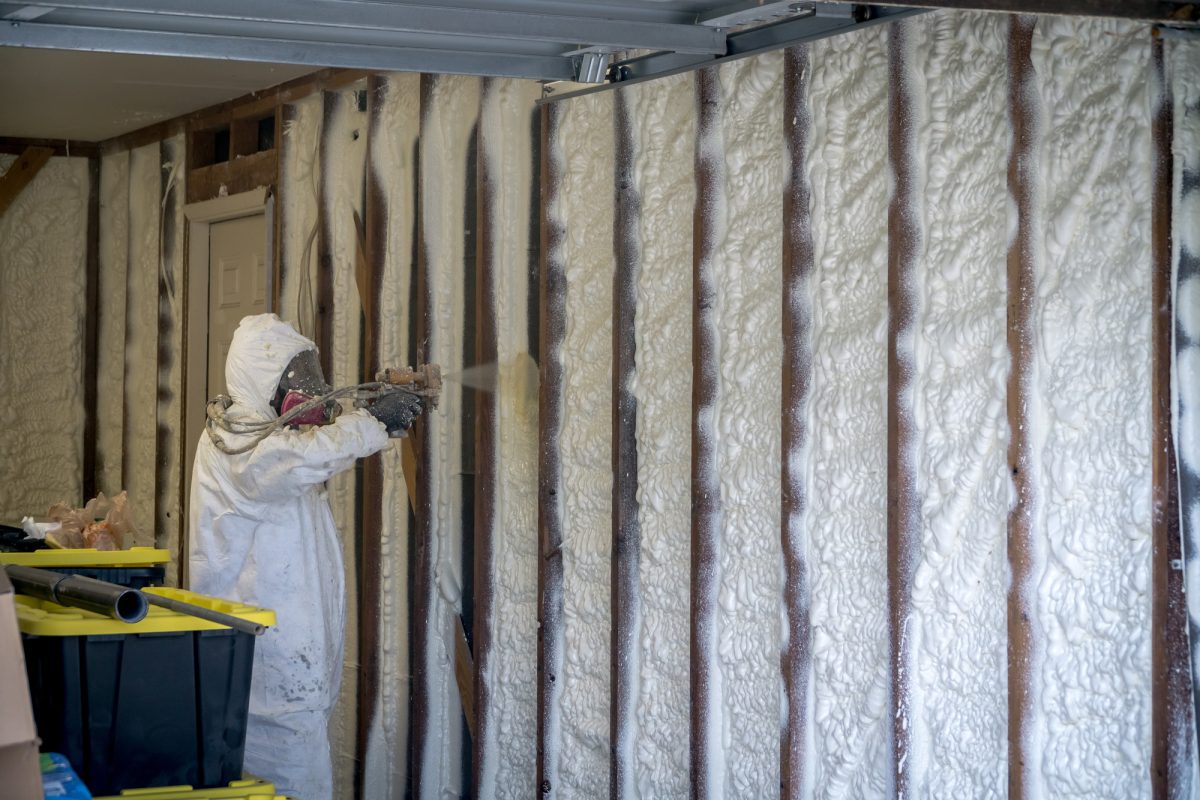Spray foam has easily gained popularity in insulating homes and other structures. Its manufacturers made sure to capitalize on its ease of use in marketing the product. While the product works, the effects may not last for a long time.
Does It Work?
Spray foam works by obscuring vapor and adding sufficient insulation to homes. It is efficient in making a house airtight as long as properly applied.
It works, but many debates about the product revolve around its sustainability and toxicity. The usual ingredients included in the product are flame retardants, blowing agents, polyol, and isocyanate.
When combined, polyol and isocyanate from polyurethane, a generally harmless alcohol compounds. The compound is added for greenwashing, which can also be created from natural oils and soy.

However, SPF wood has more toxic ingredients that dominate the tiny amount of plant-based oil or GMO soy. This means that the product only has around 2 percent of the non-toxic compound.
The fact is that spray foam makes surfaces airtight but not well-insulated. It is like spraying your walls with a concoction made up of a petroleum-based chemical. This is the reason why installers and manufacturers of spray foam products recommend homeowners to leave their homes for up to 72 hours after curing.
Proceed with Caution
Using spray foam is only a temporary solution to insulation despite the marketing claims of its manufacturers. It still hasn’t been proven if the surface will remain airtight for a long time. Wood will dry out and obtain cracks as years go by. The condition of the wood will contribute to the airtightness that the foam can provide.
